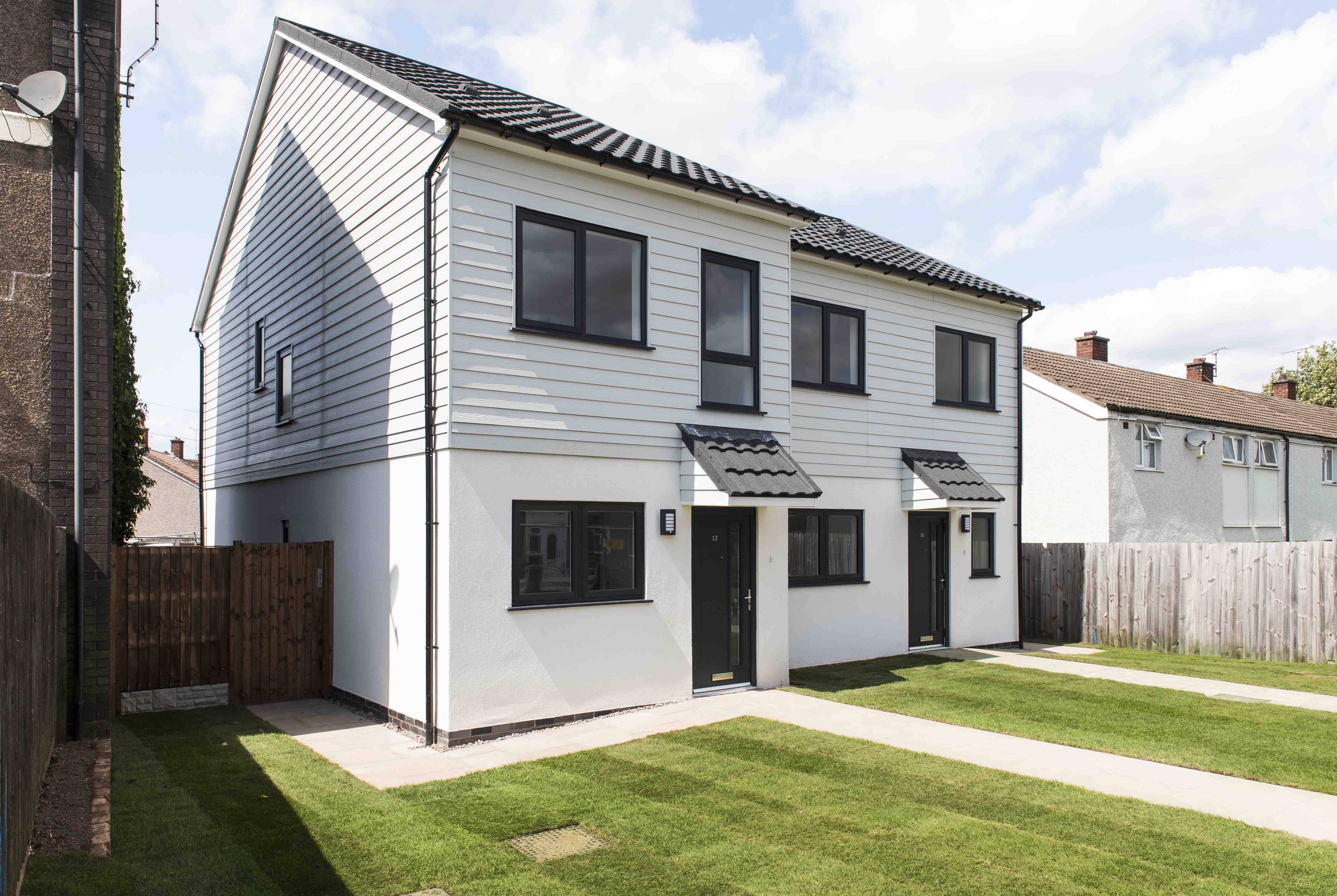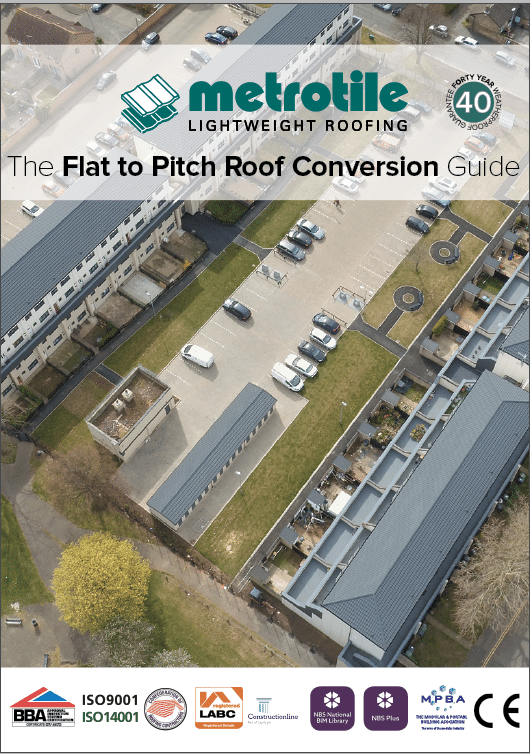What are the most common low pitch roof problems?

Low pitch roofs are a great solution for many people looking for an attractive alternative to a flat roof. Over the years, they’ve become popular with people who need to create extra space in their home by building a one-storey extension. There may be a need to keep the roof low so as not to interfere with planning permissions or block the view from other parts of the home.
Another reason they are so popular is due to the fact that a low pitch roof is better than a flat roof at keeping water leaks at bay. Many traditionally flat-roofed extensions and conversions are now built with a low pitch roof that is both appealing and cost-effective.
However, when making the decision to go with a low pitch roof, it’s important to keep in mind that they have their own potential problems – particularly if not properly installed and maintained.
Low pitch roofs can have difficulty draining and may leak
Low pitch roofs benefit from allowing more rain to run-off than flat roofs do, however, they can still struggle with water building up and weighing the roof down. This is why it’s key to use roof tiles that are good quality, lightweight and non-porous.
Choosing the right roofing materials and properly fitting them goes a long way too, so that they are aligned correctly and watertight.
The lower a roof pitch, the more tricky it is to ensure proper water run-off which can cause issues if you experience extreme weather conditions. Ensure you use good quality materials, and tiles with a uniform shape to reduce the risk of problems with water draining.
Debris can build up on the tiles
With a low pitch roof, you may find debris and dirt build, which can look unsightly and potentially damage the roof and building structure over time if not removed.
You should maintain the roof like other parts of your home by checking it regularly for debris build up or cracks in tiles. If you do find any debris or dirt build up, remove it sooner rather than later and make sure to also check the pipes and gutters.
You should always use a reputable contractor for addressing roof issues, so be sure to do your research or find a contractor via the Confederation of Roofing Contractors. By taking care of damage early on, you’ll minimise the risk of long term, costly problems.
Roof tiles may become loose and go missing
As with all pitched roofs, it is possible for a tile to get broken or to go missing due to extreme weather or incorrect installation. If you notice a loose or missing tile, you should take immediate action.
It may be necessary to install a temporary fix if the tile cannot be replaced straight away and you are experiencing water leakage. One way of addressing it may be to place a piece of tarpaulin over the affected area or to patch up the gap from the inside.
Contractors will usually happily take on small jobs, such as replacing a tile on your roof. Check that the replacement tile is of the same standard of quality and material.
More serious issues can arise if urgent care isn’t taken when a tile is damaged or missing.
Metrotile are here to help
Choosing Metrotile’s steel roofing is a great way to avoid all three of these common problems. The tiles come with a 40-year weatherproof guarantee, and need very minimal maintenance. Their uniform shape and strong fixings mean that they fit together tightly, preventing leaks and reducing the risk of becoming damaged or loose.
If you’re interested in low maintenance, high performance roofing materials then get in touch by filling out a contact form or call us on 01249 658 514.
